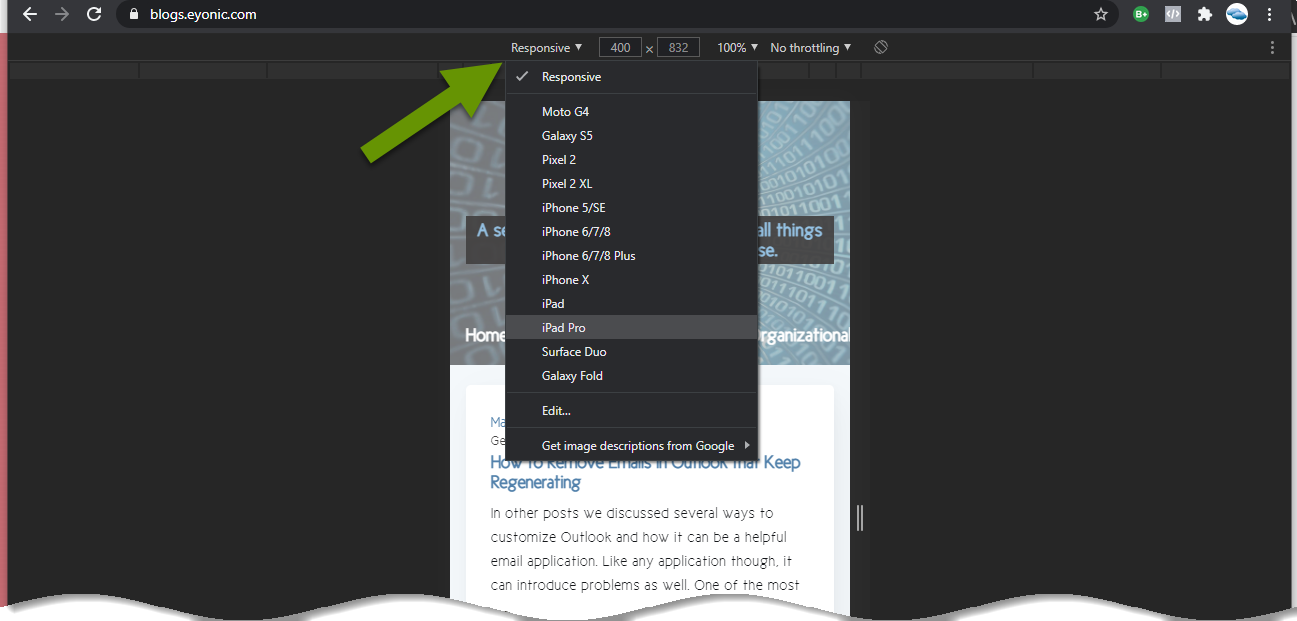
- #Responsive resize image next to each other skin
- #Responsive resize image next to each other mac
Gives you the control to show exactly what you want under situations you specify. The fallback makes it backwards-compatible with browsers that don’t support it, which is extremely important. Mimics other media syntax like and, which makes sense. You may have noticed that the last slot width has no media condition - this is the default that is chosen when none of the media conditions are true.) The browser ignores everything after the first matching condition, so be careful how you order the media conditions. For the slot width, you may provide an absolute length ( px, em) or a length relative to the viewport ( vw), but not percentages. The width of the slot the image will fill when the media condition is true ( 440px). In this case, we are saying “ when the viewport width is 480 pixels or less“. a condition ( (max-width:480px)) - a media condition describes a possible state that the screen can be in. It’s also a comma-separated list with three sub-parts: screen widths) and indicates what image size would be best to choose, when certain media conditions are true. 
sizes defines a set of conditions (e.g.
#Responsive resize image next to each other mac
This is the image’s real size, which can be found by inspecting the image file on your computer (for example on a Mac you can select the image in Finder, and press Cmd + I to bring up the info screen.)
The image’s inherent width in pixels ( 480w) - note that this uses the w unit, not px as you might expect. The default image location ( image-320w.jpg). It’s a comma-separated list and each part of the lists is made up of three sub-parts: srcset defines the set of images we will allow the browser to choose between, and what size each image is. 
Each value contains a comma-separated list, and each part of the lists is made up of three sub-parts Ĭonfused? Don’t worry, it’s not as complicated as it looks - and easier when you format these responsive images as shown above, with a different part of the attribute value on each line. Solution: The srcset & sizes attributes can be used on the element to specify several additional images along with hints to help the browser pick the right one. Problem: You want to display identical images, just larger or smaller depending on the device. In this post, we’ll go over the top techniques for making responsive images.

In the case of CSS responsive images, the story is no different.
#Responsive resize image next to each other skin
Like with most things in the development arena, there’s more than one way to skin a cat.







 0 kommentar(er)
0 kommentar(er)
